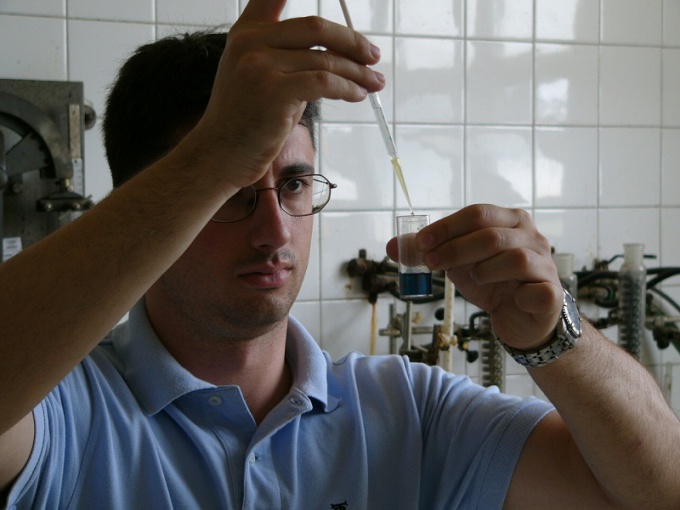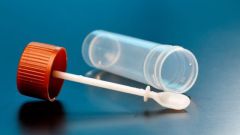Instruction
1
Currently, diagnosis of giardiasis is very diverse, but at the same time difficult. Difficult to detect Giardiausing only scatological research methods. False negative results can be obtained when properly assembled the material for the study; in the study of feces on a background of reception of medicines, and especially antibiotics, antidiarrheal means, laxatives; when errors laboratory studies; in the study of feces in the "silent" period, when there is the secretion of cysts, this period ranges from 8 to 14 days.
2
Detection of Giardia in patients in the observance of all rules of the study the first analysis is 76%, in subsequent studies, the probability of a positive result is 90 %. Irregular allocation of Giardia cysts in the feces require multiple studies of feces and other methods of laboratory control.
3
Coprological method is the most accessible, but at the same time informative. To obtain a positive laboratory result used a variety of methods: using the last portion of liquid fractions of feces; preservation with 10% formalin in a glass container of weakened portions of feces; the use of different staining techniques smear (Lugol or trichromes of hematoxylin iron).
4
Patients with clinical symptoms of giardiasis, but with negative result, scatological study fecal it is advisable to conduct a study of graduate student duodenum 12 or post-graduate upper jejunum.
5
The most reliable and reliable method of diagnosis of giardiasis, the disease is a duodenal biopsy. Fermentatively immunosorbent analysis and immunoelectrophoresis are used by many laboratories to isolate Giardia antigen in feces. For this purpose, a rabbit antiserum against Giardia. The sensitivity of immunoelectrophoresis is not less than 98%.


